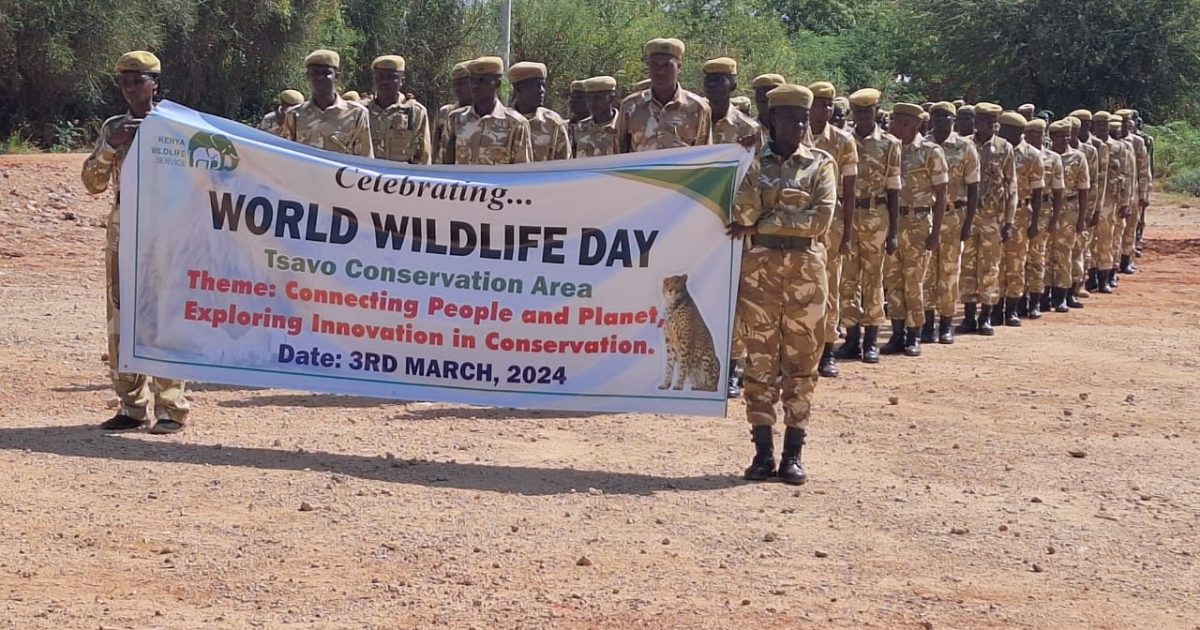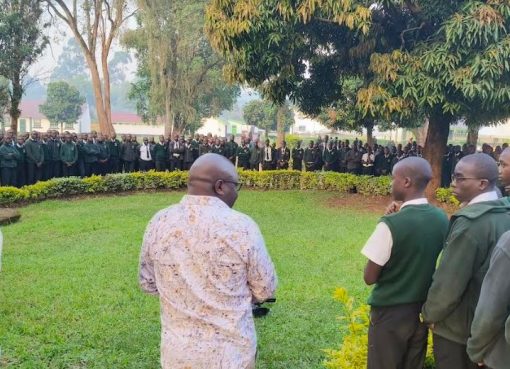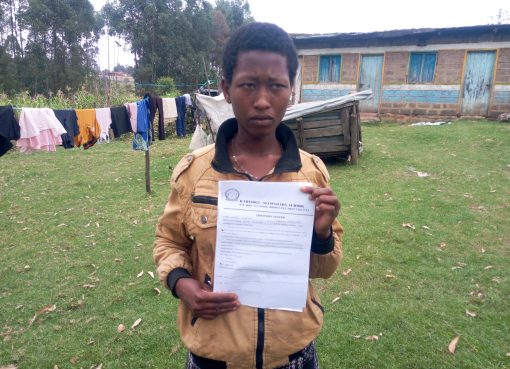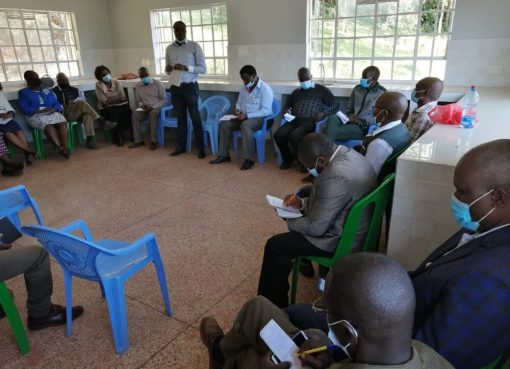Kenya Wildlife Service in Taita Taveta County has employed innovation and the use of technology in tracking wildlife movements to curb human-wildlife conflicts that have been rampant in the region in the recent past.
Speaking on Sunday at the Tsavo Conservation Area Headquarters in Voi during the commemoration of the 2024 World Wildlife Day celebrated on the third day of March every year themed: ‘Connecting People and Planet, Exploring Innovation in Conservation’, the Assistant Director in charge of Community Wildlife Service Josphat Erupe assured that KWS is up to the task of minimizing instances of beast versus human conflicts.
He noted that they have implemented technologies to save wildlife, including tracking gadgets for elephants and drones to monitor and locate wild animals.
“The main objective of this move is to provide support to our people to prevent the damage to properties, injury, and loss of lives,” said Erupe.
Further, he said, as a way to curb human-wildlife conflicts, KWS has also formed youth groups that are tasked with linking communities with area wardens in case of stray wild animals, a move that ensures timely responses.
He stated through these efforts and in partnership with the devolved units, Community-Based Organisations (CBOs), and members of the public, communities in disturbed areas like Mwambiti, Kajire, Sagala, and Kasigau have barred elephants from encroaching, creating a buffer zone and allowing residents to have a bumper harvest this season.
“This is a day-to-day challenge which the KWS or county government cannot handle on their own. This is why we are employing a multi-agency approach to address these issues. We will work with both private and public entities to ensure everything works the right way for the benefit of our people,” he added.
He stated that the use of technology in conservation is one of the long-term measures to reverse the menace caused by wild animals and at the same time saving the agency millions of shillings used as compensation fees to victims affected as a result of human-wildlife conflicts.
Assistant County Commissioner James Ole Seneyia highlighted the need for wildlife and humans to coexist stating that wildlife contributes to foreign currency and livelihoods.
On his part, the County Executive Committee Member (CECM) in charge of Water, Sanitation, Environment, Climate Change, and Natural Resources Grantone Mwandawiro reiterated the county’s commitment to partnering with both the national government and KWS in ensuring lasting solutions to human-wildlife conflicts which would consequently ensure coexistence between the residents and wildlife.
Mwandawiro emphasized the importance of dialogue in ensuring the benefit-sharing of Tsavo National Park royalties.
“The Constitution allows for the national government and county government to have meaningful discourse to ensure the realisation of the 50-50 revenue sharing model from the park, a vital natural resource occupying 62 percent of our land,” he said.
Meanwhile, Mwandawiro noted that climate change remained a significant threat in the fight against human-wildlife conflicts.
The CEC however stated that to offer a solution, together with KWS, they were working with the Water Sector Trust Fund (WSTF) to build water pans in the extremity of conservation areas to reduce these conflicts.
By John Mutula





